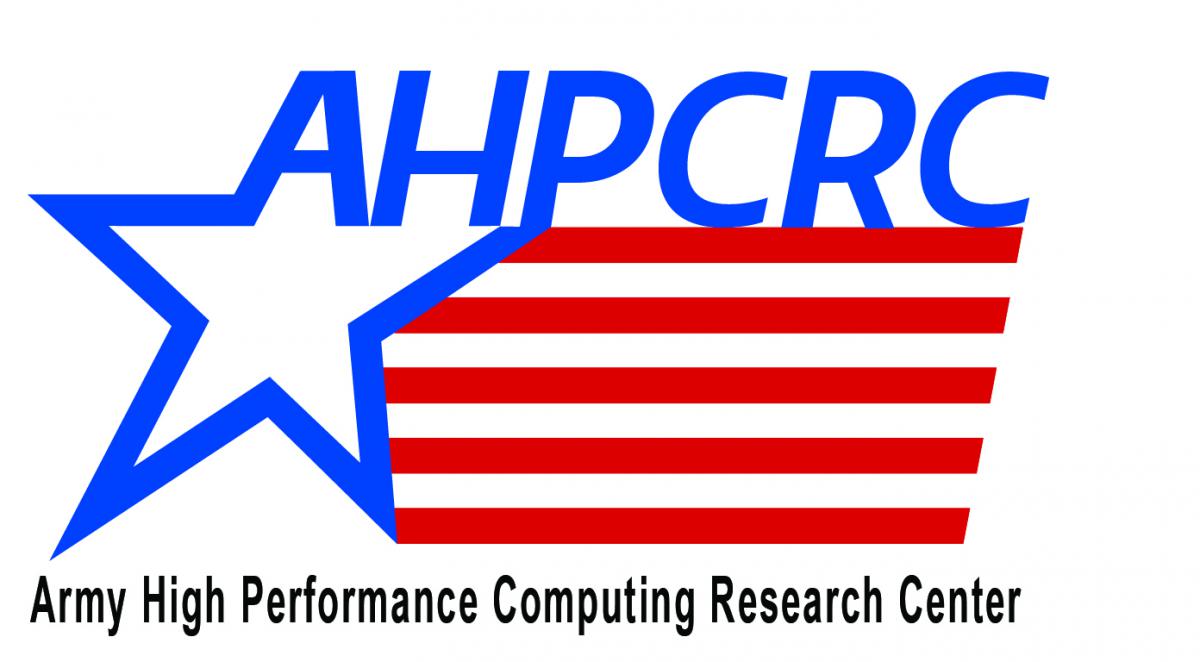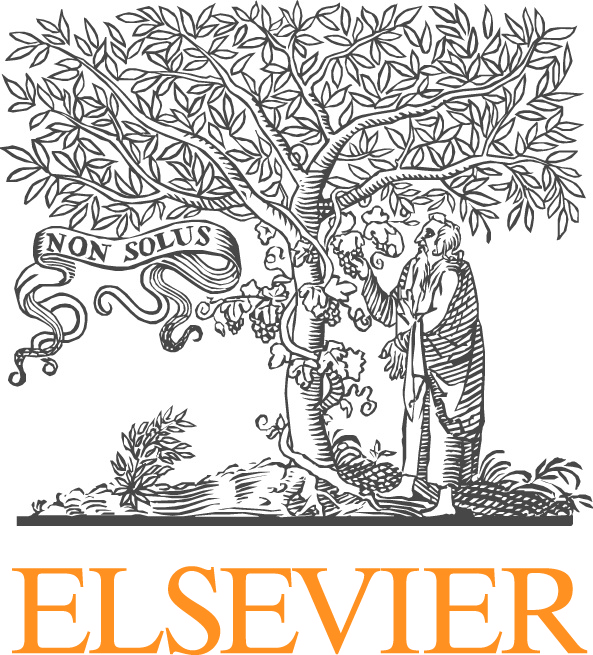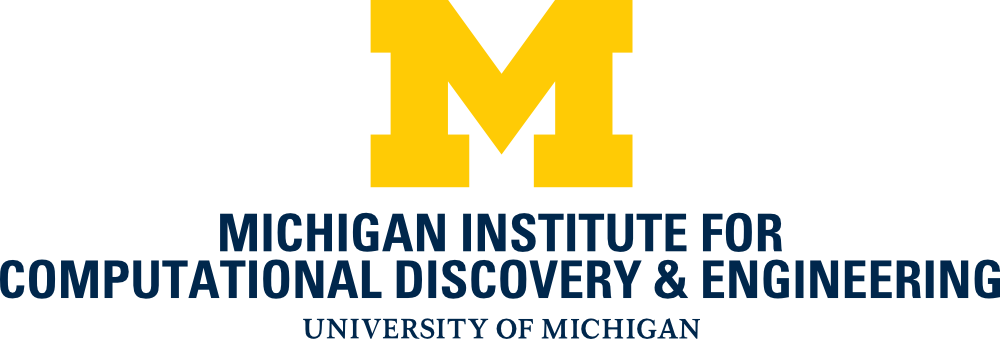Computational Fracture Mechanics
Christian Linder, Stanford University
N. Sukumar, UC Davis
Adrian Lew, Stanford University
The last few years have experienced a resurgence of activity in the formulation of fracture mechanics models, particularly to place them within a sound mathematical framework, as well as to address open questions related to crack nucleation and evolution, especially in coupled materials and three dimensions. New classes of models have appeared, such as smeared crack models, Peridynamics, and phase field approaches to fracture. Computational fracture mechanics refers to the creation of numerical methods to approximate the crack evolutions predicted by these models.
The goal of this minisymposium is to bring together researchers working on the formulation and/or numerical analysis of methods in computational fracture mechanics, including but not limited to the following strategies:
- Strong Discontinuity Method
- Extended and Generalized Finite Element Methods
- R-adaptive methods, such as those based on Configurational Forces or Universal Meshes
- Meshfree methods, such as the Material Point Method and the Reproducing Kernel Particle Method, or methods based on Peridynamics
- Phase-field Approaches to Fracture
- Discontinuous Galerkin and Polytopal Finite Element Methods
- Methods for Cohesive Fracture Models, including those based on cohesive elements
- Models for crack nucleation and evolution in materials with electric, magnetic, or chemical coupling







